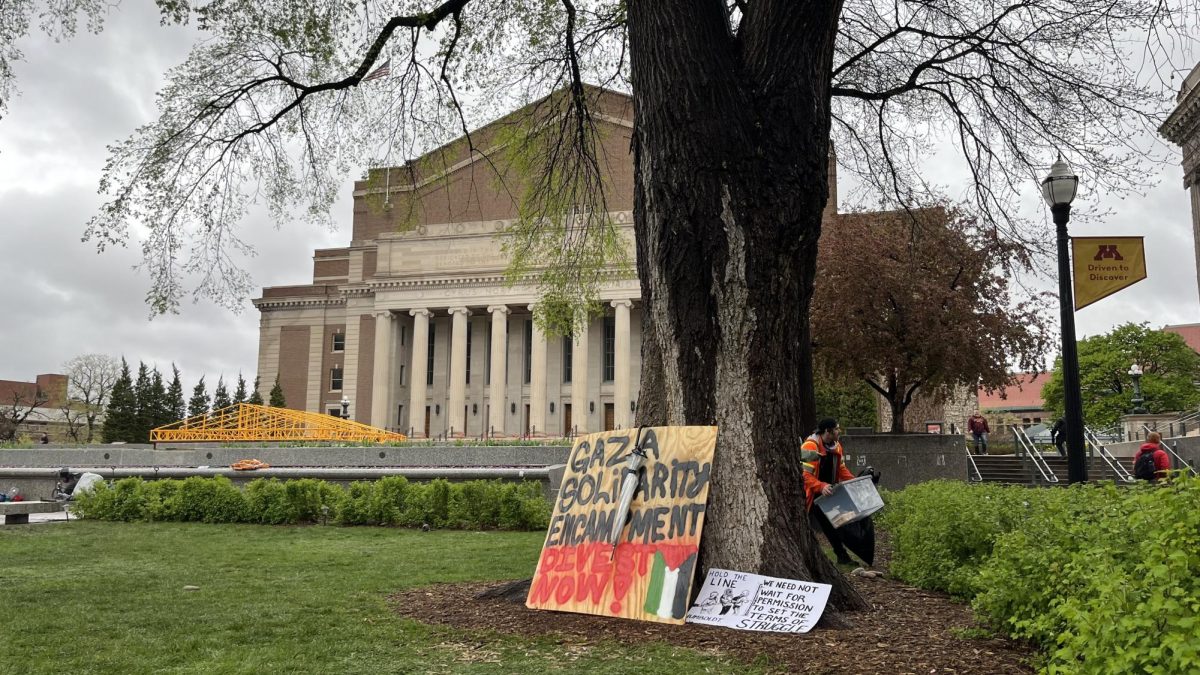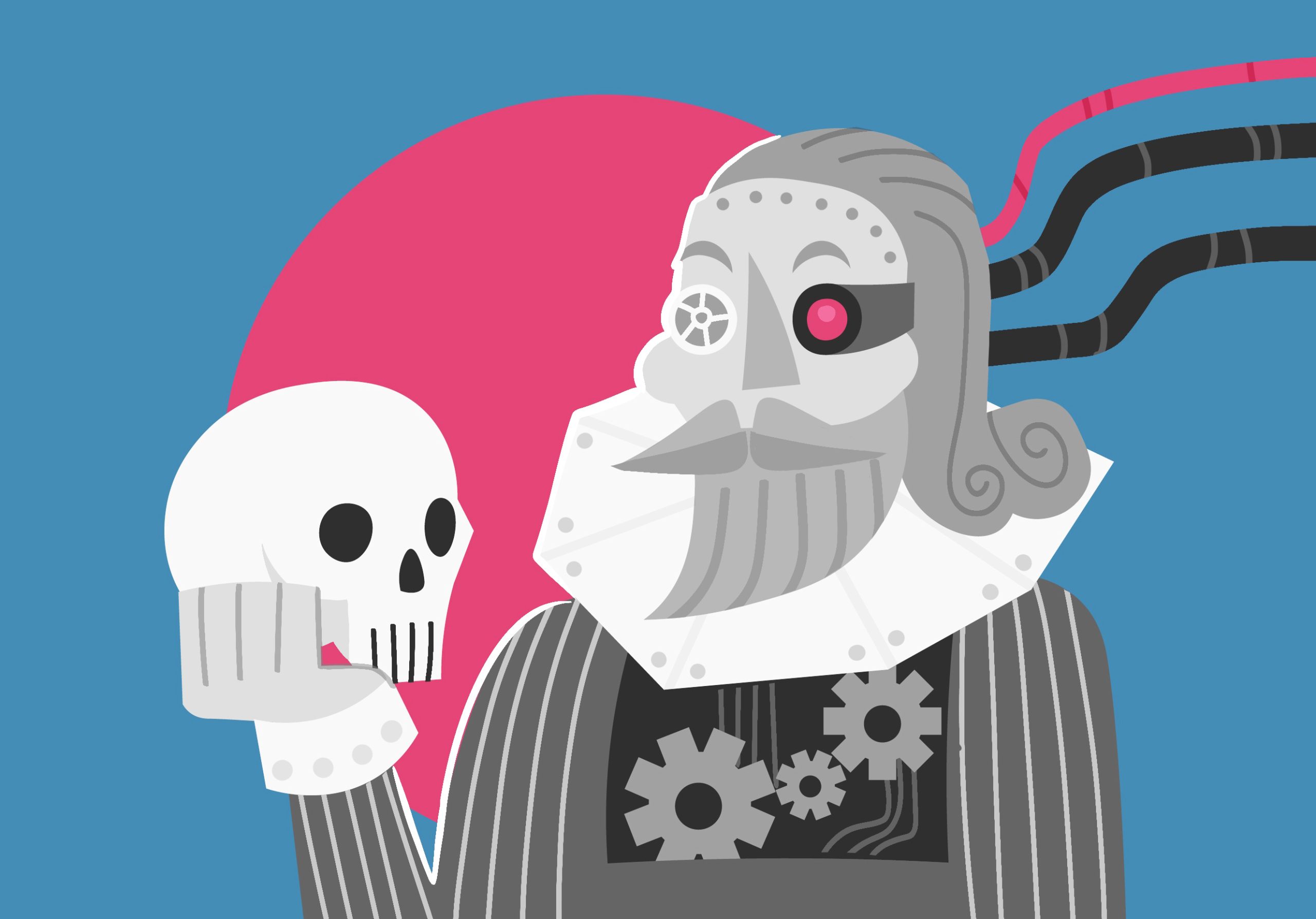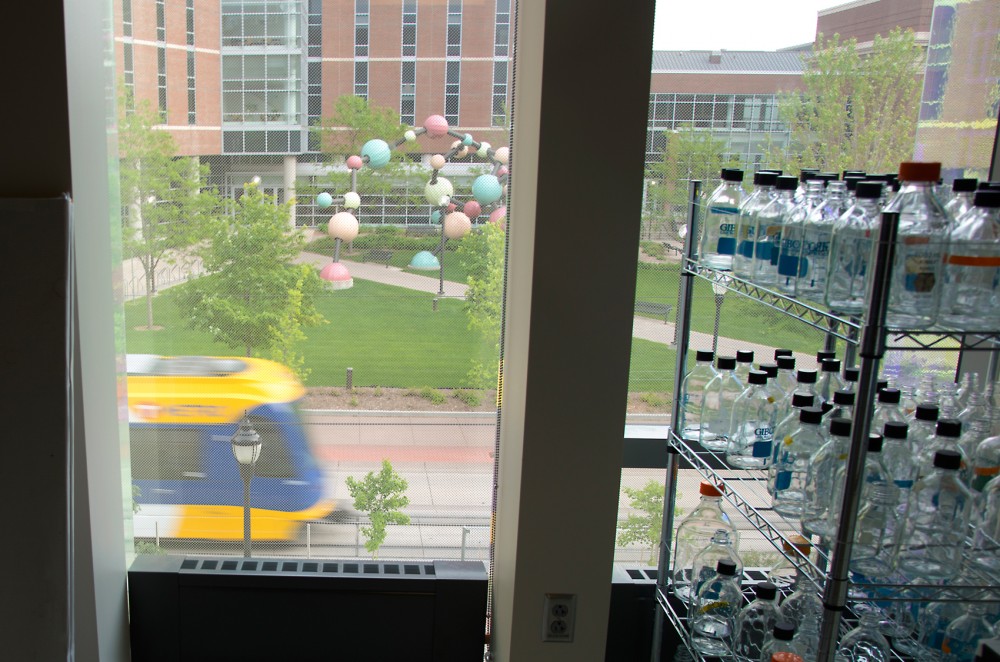The Green Line light rail could potentially disrupt University of Minnesota research along its route.
For the past year, Metro Transit and the Metropolitan Council have been working on reducing electromagnetic disturbances caused by the trains but haven’t cut emissions down to the University’s set standards.
The Board of Regents decided earlier this month to allow the Met Council and Metro Transit to have another year to solve the problem and gave them until Sept. 1 to create a detailed plan, as the emissions have not yet affected research.
The University set limits in 2010 on the amount of electromagnetic interference the trains could emit. But the line has surpassed the limit since service began.
Though the light rail interference has not affected nearby research labs, over time, increasing emissions could affect lab equipment, University Services chief of staff Leslie Krueger said.
“Current researchers are not seeing any noticeable impact,” she said. “It is making sure that we will continue to have a system that works and won’t continue to degrade.”
Nuclear magnetic resonance research equipment is the most vulnerable to deterioration, Krueger said, specifically in Kolthoff Hall and the 717 Delaware building, where the University keeps some of its most expensive equipment.
“A train, based on its power system as well as the large mass of metal moving next to a magnetic field can disrupt the fields these instruments generate,” said Minnesota Nuclear Magnetic Resonance Center manager Todd Rappe. “That can make the data unreliable.”
The train vibrations and interference forced some of the center’s equipment to the Mayo Memorial Building, where it’s less prone to damage, he said.
The equipment is used to conduct research in several departments, including chemistry and medicine, Rappe said.
Metro Transit Light Rail Operations Director Brian Funk said they’re working toward a solution. Engineers have detected the source of the disruptions, which come from electrical boxes laid into the tracks.
These rail access boxes fill with water and debris, causing an electrical imbalance that creates electrical build-up, he said. The build-up then prompts the electromagnetic disturbance.
Funk said the most likely solution would be to insert an inflatable balloon into the boxes that would prevent water and debris from getting stuck in the box. The balloon, which Funk called a bladder, could be deflated anytime the boxes require inspection.
The Board of Regents has required the Met Council to test interference levels four times per year instead of twice. Meanwhile, the light rail will continue operations and maintenance as usual.










